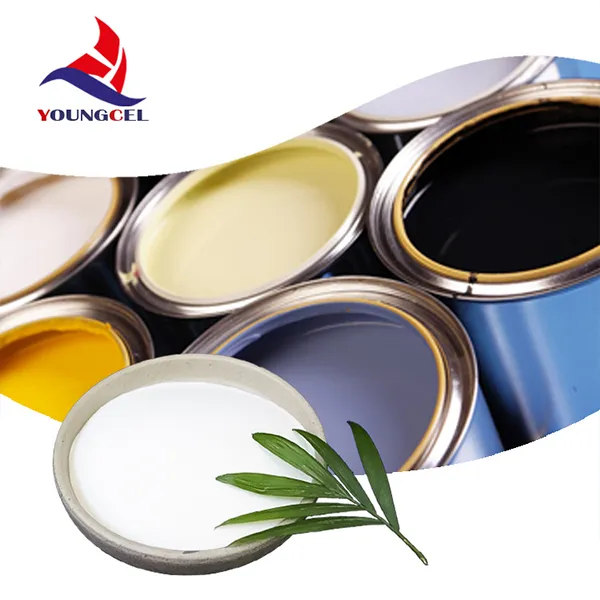Exploring HPMC Methyl Cellulose and Its Applications
Methyl cellulose, a derivative of cellulose, is a cellulose ether that has gained significant attention in various industries due to its unique properties and versatility. Often abbreviated as HPMC (hydroxypropyl methylcellulose), this compound is synthesized by modifying natural cellulose, making it soluble in cold water while maintaining its structural integrity.
Characteristics of HPMC
HPMC is characterized by its ability to form gels, act as a thickening agent, and serve as a surfactant. These properties arise from its hydrophilic nature, which allows it to absorb water and swell, creating a stable solution. HPMC is non-toxic, biodegradable, and does not exhibit any adverse effects on human health, making it an ideal choice for food and pharmaceutical applications.
One of the most notable features of HPMC is its thermal gelation properties. Unlike other gelling agents that require heat to dissolve, HPMC remains soluble in cold water, which allows for easy processing in various formulations. Additionally, the viscosity of HPMC solutions is influenced by temperature and concentration, providing flexibility in formulation to meet specific requirements.
Applications of HPMC
1. Food Industry
In the food industry, HPMC is utilized as a thickening agent, emulsifier, and stabilizer. It is often found in baked goods, dairy products, sauces, and dressings, where it improves texture, enhances mouthfeel, and extends shelf life. Its ability to retain moisture makes it a valuable ingredient in gluten-free products, helping to achieve similar textures to those found in traditional formulations.
hpmc methyl cellulos

HPMC is extensively used in pharmaceutical formulations, particularly in the production of tablets, capsules, and controlled-release systems. Its properties enable it to act as a binder, coating agent, and release modifier, ensuring that drugs are delivered effectively, with controlled release profiles. Moreover, HPMC is employed in the formulation of topical products due to its film-forming capabilities, providing moisture retention and enhancing skin adhesion.
3. Construction and Building Materials
In the construction industry, HPMC is used as a thickening and water-retaining agent in cement-based products, adhesives, and mortars. It improves workability, prevents cracking, and enhances the performance of these materials. HPMC also aids in achieving a smooth finish, making it a popular additive in tile adhesives and joint compounds.
4. Personal Care Products
HPMC is incorporated into various personal care products, including shampoos, conditioners, lotions, and creams. Its thickening and stabilizing properties help achieve the desired consistency and viscosity, contributing to the overall quality of the product. Additionally, HPMC can enhance the spreadability and moisturizing properties of lotions and creams.
Conclusion
The versatility of methyl cellulose, particularly HPMC, emphasizes its importance across multiple sectors. Its unique properties, including solubility, thickening ability, and non-toxic nature, make it a valuable ingredient in food products, pharmaceuticals, construction materials, and personal care items. As industries continue to explore novel applications and advancements in formulations, HPMC will remain a key player, contributing to the development of innovative and sustainable products. In an era where health and environmental considerations are paramount, the role of HPMC as a safe and effective additive is likely to become increasingly prominent.
-
Premium Detergent Grade HPMC Hydroxypropyl Methylcellulose: Superior Thickening & StabilityNewsAug.31,2025
-
HEC 100000 Hydroxyethylcellulose for Paint | Superior ThickeningNewsAug.30,2025
-
Wall Putty Rdp Powder Packaging DesignNewsAug.29,2025
-
Introduction to Hpmc Hydroxypropyl Methyl CellulosNewsAug.29,2025
-
Hpmc Industri Grade IntegrationNewsAug.29,2025
-
How to Choose the Right Construction AdhesiveNewsAug.29,2025




